things are looking good with GeoPandas
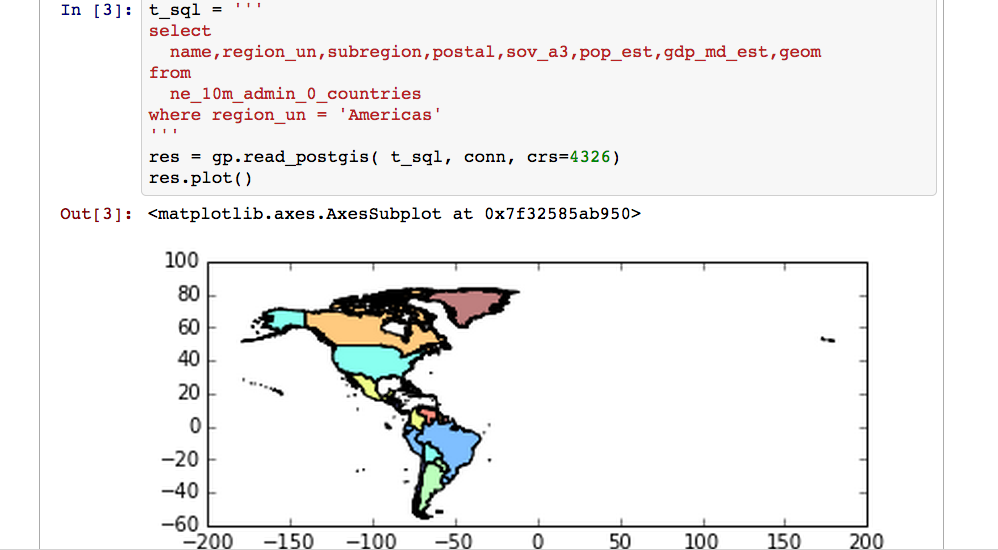
things are looking good with GeoPandas

In this screenshot of Central Silicon Valley, Census tracts have been combined with a constraints layer, and then cut with a 150 meter grid in the EPSG:3310 projection. Using imputation tables and external sources, each grid cell is then computed. The result is a statistically defensible, higher-resolution and handily applicable set of grid cells.
A systematic way to choose, extract and visualize data from the massive American Community Survey 5 Year census product is a challenge. I have written python code to ingest raw inputs into tables, and a small relational engine to handle the verbose naming.
An extraction and visualization process is underway… something like the following:
0) bulk tables in all geographies for all states
1a) define a batch of tables to extract by table_id
1b) choose a state or territory
1c) choose a geographic summary level
for example:
STATE California (FIPS 06)
TABLE ('B01001', 'SEX BY AGE', 'Age-Sex', 'Universe: Total population')
GEO Tracts (Summary level 140 - State-County-Census Tract)
Once the choice is made, SQL + Python is executed, either as a standalone program in Linux or in the IPython Notebook. The code creates a working schema in PostgreSQL, copies table subsets into the new schema, and JOINs them with TIGER geometry to get spatial data. A preliminary, working version looks something like this:
graphical browsing of the results in QGis:
geographic summaries defined in ACS_2008-2012_SF_Tech_Doc:
Appendix F: ACS 5-year Summary Levels/Components for Detailed Tables

In preparing for an upcoming Datathon, a column of data in PostgreSQL numeric format needed formatting for presentation. “Intersection Count” intersection_density_sqkm is a count of street intersections per unit area – a quick way to measure density of the built environment. A table of grid cells (covering the nine-county San Francisco Bay Area) that the column comes from consists of roughly 814,000 cells. How to quickly characterize the data contents? Use SQL and the psql quantile extension to look at ranges, with and without the zeroes.
SELECT
min(intersection_density_sqkm),
quantile(intersection_density_sqkm,ARRAY[0.02,0.25,0.5,0.75,0.92]),
max(intersection_density_sqkm)
FROM uf_singleparts.ba_intersection_density_sqkm
-[ RECORD 1 ]-----------------------------------------------------------------------------
min | 0.0
quantile | {0.0, 0.0, 0.683937...,3.191709...,25.604519...}
max | 116.269430...
Psql extension quantile takes as arguments a column name and an ARRAY for N positional elements by percentage, e.g. above
select count(*) from ba_intersection_density_sqkm; count => 814439 select count(*) from ba_intersection_density_sqkm where intersection_density_sqkm <> 0; count => 587504
Select stats on non-zero data
SELECT
min(intersection_density_sqkm),
quantile(intersection_density_sqkm,ARRAY[0.02,0.25,0.5,0.75,0.92]),
max(intersection_density_sqkm)
FROM uf_singleparts.ba_intersection_density_sqkm
where intersection_density_sqkm <> 0;
-[ RECORD 1 ]-----------------------------------------------------------------------------
min | 0.227979...
quantile | {0.227979...,0.455958...,1.367875...,7.751295...,31.461139...}
max | 116.269430...
and, what does the high-end of the range look like ? Use SQL for a quick visual inspection for either outliers or smooth transitions:
SELECT intersection_density_sqkm
FROM ba_intersection_density_sqkm
ORDER BY intersection_density_sqkm desc limit 12;
intersection_density_sqkm
---------------------------
116.2694300518134736
115.5854922279792768
115.3575129533678764
115.1295336787564760
114.9015544041450756
114.9015544041450756
114.4455958549222792
113.7616580310880824
112.6217616580310892
112.6217616580310892
112.1658031088082884
112.1658031088082884
So, recall that a natural log e of 1.0 is 0; a natural log of 116 is slightly over 4.75; a natural log of a number less than 1 is a negative number. To simplify the range for visualization, add a float column called data, set the new data column to the natural log of (intersection_density_sqkm + 1); use a simple multiply-then-divide technique to limit the precision to two digits (screenshot from an IPython Notebook session using psycopg2).
select quantile(data,ARRAY[0.02,0.25,0.5,0.75,0.92]) from ba_intersection_density_sqkm;
{ 0, 0, 0.52, 1.43, 3.28 }
SELECT
min(data),
quantile(data,ARRAY[0.02,0.25,0.5,0.75,0.92]),
max(data)
FROM ba_intersection_density_sqkm
WHERE data <> 0;
min | quantile | max
------+----------------------------+------
0.21 | {0.21,0.38,0.86,2.17,3.48} | 4.76
(1 row)
ps- a full sequential scan on this table takes about four seconds, on a Western Digital Black Label 1TB disk, ext4 filesystem, on Linux.
 A small email went by today, bringing big news…
A small email went by today, bringing big news…
From: Jerome Villeneuve Larouche \To: "ubuntu@lists.osgeo.org" \ Subject: [Ubuntu] DebianGIS Repo Hello everyone, This is a small message to tell you that the DebianGIS repo for Debian Wheezy is up and that every package on it is up-to-date! Everything is built against stable so you don't need to add any unstable repo to use the latest GIS packages. To add it on your machine, edit "/etc/apt/sources.list" and add the line deb http://debian.mapgears.com/repos/apt/debian/ wheezy main You should also add the public key here http://debian.mapgears.com/repos/apt/debian/debgis.gpg.key Enjoy, as always if you have any questions about the repo, be it this one or UbuntuGIS, send message on the mailing list! PS: I'm also currently updating UbuntuGIS to Saucy!
Dozens of major news outlets posted articles yesterday profiling a paper published in the journal ‘Science’ by a team led by Matthew Hansen, a remote sensing scientist at the University of Maryland, along with extensive data.
‘Published by Hansen, Potapov, Moore, Hancher et al. * Powered by Google Earth Engine‘
A colleague pointed out the National Land Cover Database (NLCD) imagery today, which is not new, but it is useful. Here is a simple treatment of the San Francisco Bay Area, with city center markers matching the red urban coloring used in the base map. Click for the larger image, and you can see Lake Tahoe in the East and unmarked is Yosemite National Park almost due south. (’06’ in the blog post title refers to both the publication year of this base map, 2006, and the FIPS code for the State of California)
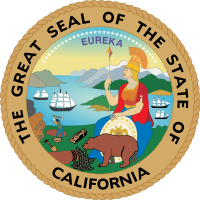
A simple spatial classification of geo-data, by federated county; based on the regional planning infrastructure in California.
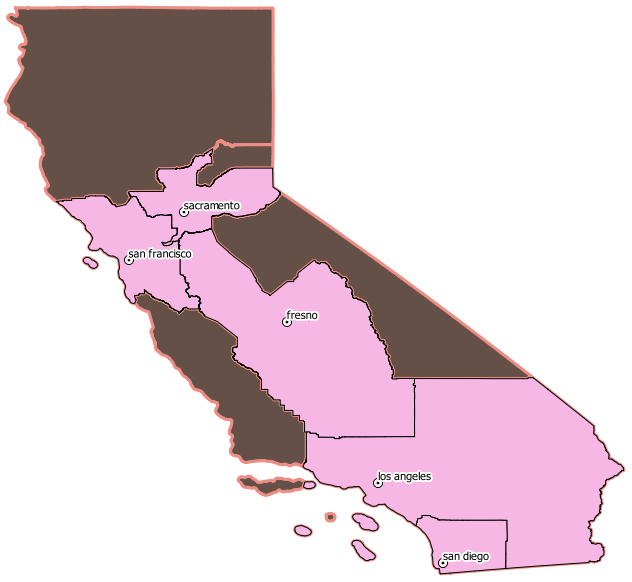
The hilited areas include:
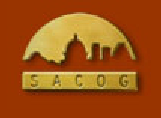 Sacramento Area Council of Governments
Sacramento Area Council of Governments

AB32 Scoping Plan Update
Regional Profiles – All
 San Diego Association of Governments
San Diego Association of Governments
 last but not least, at the State level
last but not least, at the State level
a simple numbering system via postgresql
region_id | region_name
-----------+---------------------
1 | northern_california
2 | sierra
3 | bay_area
4 | sacramento
5 | central_valley
6 | central_coast
7 | southern_california
8 | san_diego

I took a short course on the US Census at the University of California, Berkeley D-Lab recently. Of course, the first topic was the shutdown of census.gov. People using the convenient, interactive Census API have been left without access to census data.
Two hours of condensed lecture was just enough time to cover the basics of the breadth of the Census, and the Instructor Dr. Jon Stiles did an expert job.
Following up on some leads from the class, I looked into “points of interest in the 2013 Census data versus OpenStreetMap.” The Census includes a table called pointlm. In the case of California, the file I looked at is called tl_2013_06_pointlm.shp. It is a simple layout, with the state code, an ANSI code, point ID, fullname and something called mtfcc. Rather than dig through 1000 pages of census docs, on a site that is out of service, I found this table , which has an easy to read format and a pointer to the definitions. A quick summary in SQL shows:
US Census
Census 2013 pointlm California Definition | count -------------------------------------------------- ... "Hospital/Hospice/Urgent Care Facility" | 292 "School or Academy" | 3547 ...
OpenStreetMap
OpenStreetMap California latest-snapshot Definition | count -------------------------------------------------- ... hospital | 829 school | 9201 ...
I used a tool called imposm (ignoring the latest-latest new version 3.0 and using the 2.x I was familiar with..) and imported a dump of OpenStreetMap California ‘latest’ to postgresql.
After seeing some of the other counts in the 2013 Census pointlm classes, I quickly became more interested in the OSM dataset for further refinements.
Important Links
—
ucdata.berkeley.edu
MABLE/Geocorr12
Import “ACS2012 1 Year” to PostgreSQL script
TGRSHP2013_TechDoc.pdf

osm_ca_20=# SELECT osm_id, geometry < -> st_geomfromEWKT( 'SRID=900913;POINT(-13145550 4045137)' ) as the_distance FROM osm_new_mainroads ORDER BY geometry < -> st_geomfromEWKT( 'SRID=900913;POINT(-13145550 4045137)' ) limit 1; osm_id | the_distance ----------+------------------ 59339590 | 268.205611425265 (1 row)
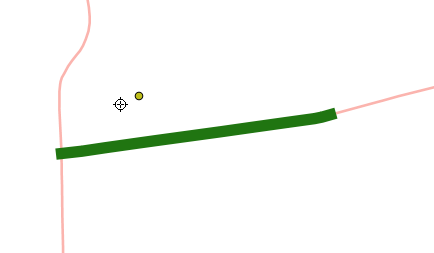
UPDATE
distance of all museums less than 30km away from a school, by school. Thanks to the geonames project for the locations.
select
distinct on (s.name, m.name)
s.name as school_name, s.admin2,
m.name as museum_name, m.admin2,
st_distance( s.geom::geography, m.geom::geography )::integer as dist,
rank() over ( partition by (s.name, s.admin2)
order by st_distance( s.geom::geography, m.geom::geography )) as rank
from museum m, school s
where
s.admin2 = 'Alameda County' AND
m.admin1 = 'California' AND
st_dwithin( m.geom::geography, s.geom::geography, 30000 )
ORDER BY s.name, m.name, dist;